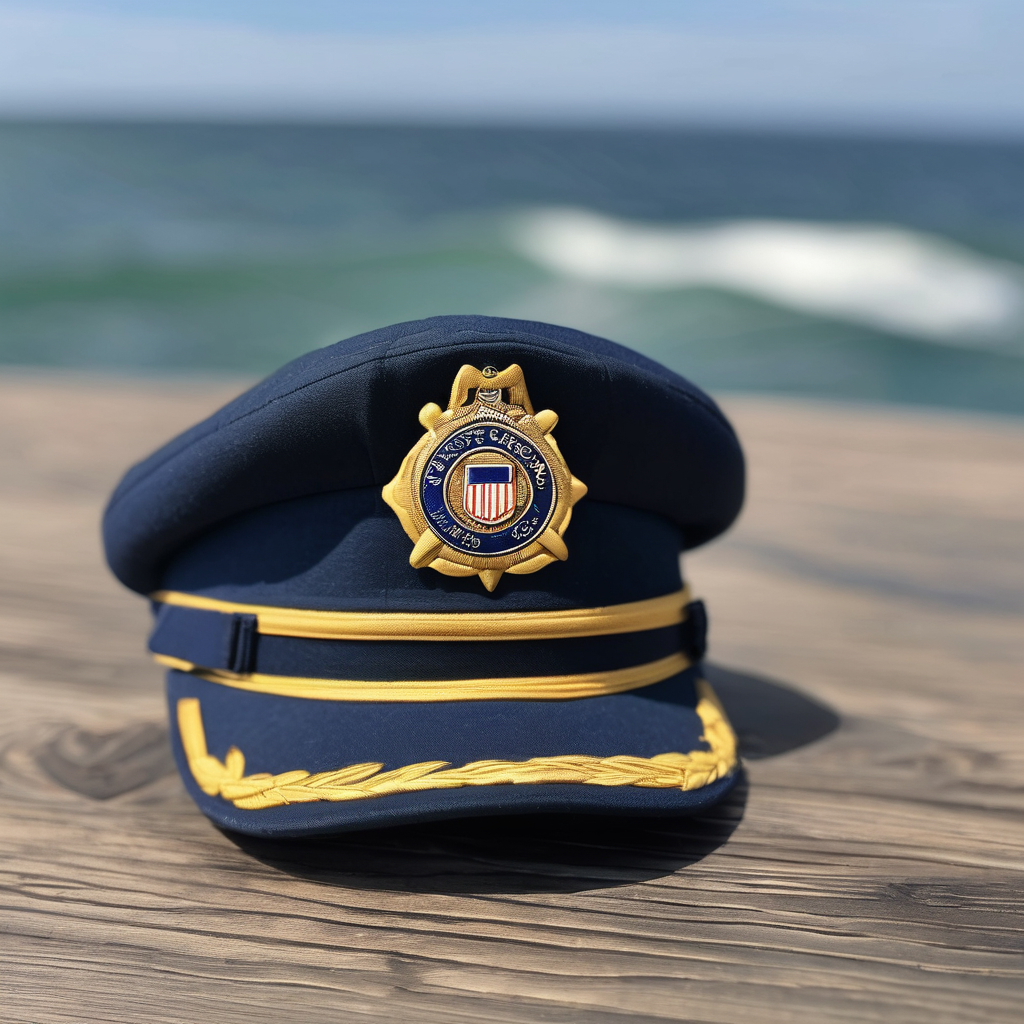The U.S. Coast Guard is set to implement a significant policy revision next month, changing how certain symbols are classified within its civil rights guidelines. The overhaul will see swastikas and nooses, previously categorized as hate symbols, reclassified as “potentially divisive.” This shift reflects a broader change in the Coast Guard’s approach to Confederate imagery as well.
An analysis of the Coast Guard’s civil rights policies from 2023 to 2025 revealed a marked difference in language. The older guidelines explicitly identified symbols such as swastikas, nooses, and Confederate flags as examples of hate incidents. However, the new policy eliminates this direct listing, opting for a more ambiguous terminology that allows for greater discretion in how these symbols are interpreted and enforced.
This revision appears to be influenced by directives from the Trump administration aimed at relaxing rules surrounding hazing and harassment, with Defense Secretary Pete Hegseth asserting that previous policies were overly broad.
As the situation develops, the Coast Guard and Pentagon have been contacted for further comments regarding the implications of this policy change. The move has garnered attention as it may shape the future discussions surrounding symbols of division and their role in military and civil environments.
This policy change could pave the way for a more nuanced conversation about symbols and their meanings, striving to balance the need for a respectful environment while acknowledging different perspectives within the service. As the Coast Guard navigates these sensitive issues, the focus will likely remain on how to effectively foster an inclusive atmosphere for all personnel.
